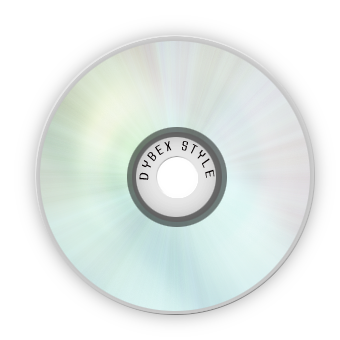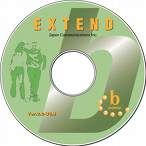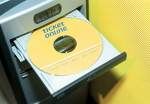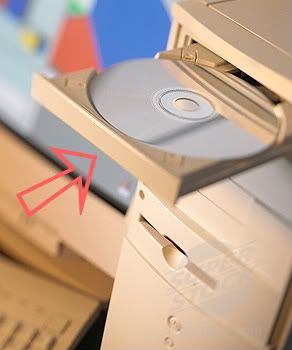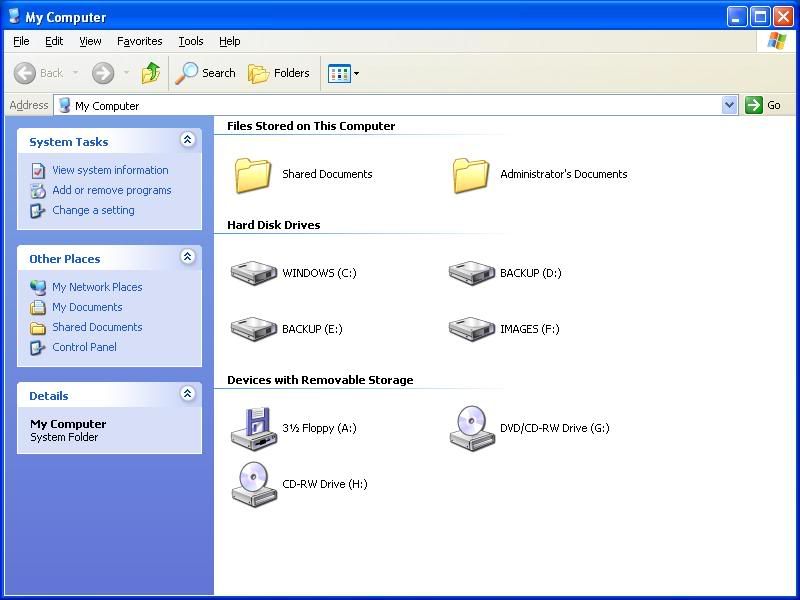
A recent Associated Press report points out that personal computers are changing rapidly. It has definitely been a year of "out with the old and in with the new" as far as computers go. Laptops and Desktops are missing familiar components, slimming down and gaining lots of cool, new, unique features. Despite the popularity of gadgets such as the iPhone, PCs are still at the heart of the digital world and will likely stay that way for a while to come...even if they look and act a little differently.
One noticable change in the world of new computers is the lack of drives. Optical drives that play CDs and DVDs have been an important part of computers for over a decade. Whether you're watching a movie, listening to music, or installing software, the drives have been part of almost everyone's daily computer usage. Apple started getting rid of drives about two years ago when it first introduced the MacBook Air. Even though that wasn't a mainstream computer, due to its $1,800 pricetag, it was the start of what looks to be a popular trend. Netbooks, which are used mostly for web-browsing, start at $250 and are growing in popularity.
People are using their little laptops to download software, music and movies, while enjoying the convenience and price. The availability of Wi-Fi and cellular internet service combined with services that let you store files online are making the need for drives almost obsolete. Of course, there are the die-hard DVD watchers and CD burners who are not yet ready to give up those drives, but the lack of drives in many computers, particularly laptops does often lead to a lighter price and a much lighter load.
These days, people are also tending to purchase less powerful computers and this is another reason netbooks are becoming more popular. Everyone's been inside a retail establishment and listened to a salesperson rattle off a list of processors, graphics cards, gigabytes of memory and sizes of hard drives, but unless you're a hard-core gmer or a professional video editor, all of that stuff isn't really necessary. People are looking for computers that let them browse the web, email and use word processing applications more than anything right now.
Computer manufacturers aren't just competing with each other these days, they're also having to stand up to smartphone manufacturers, as well. People want to be connected 24/7 it seems and it's easier for that to be possible via a cell phone. "Smarbooks" are being created - think a smartphone-like device that is closer to the size of your laptop than your cell phone, and computer companies are starting to focus on laptop appearanes. Colors, patterns, themes, designs, shapes, and materials are all considered to be an important part of computer manufacturing lately, allowing users to treat their computers more like fashion accessories than tools. People also want thin and light computers that are easier to carry.
And finally, touch-screens are becoming a popular computer trend. Ever since the iPhone was developed in 2007, multi-touch has become more prominent in today's technology. The recently released Windows 7 includes support for a number of multi-touch applications and companies such as Dell and HP are designing software that allow you to browse everything from the web to your music library with your fingers instead of a mouse. And while experts say the touch-screen won't replace the mouse and keyboard, it will most likely become just as important.



 It seems that European countries always get things us Americans want before we do, especially in the technological market. That is certainly the case with Dell's new Inspiron Zino HD mini PC. This mini PC is available already over in Ireland and even in the UK, which is driving us Americans just a little bit crazy with envy.
It seems that European countries always get things us Americans want before we do, especially in the technological market. That is certainly the case with Dell's new Inspiron Zino HD mini PC. This mini PC is available already over in Ireland and even in the UK, which is driving us Americans just a little bit crazy with envy. 
